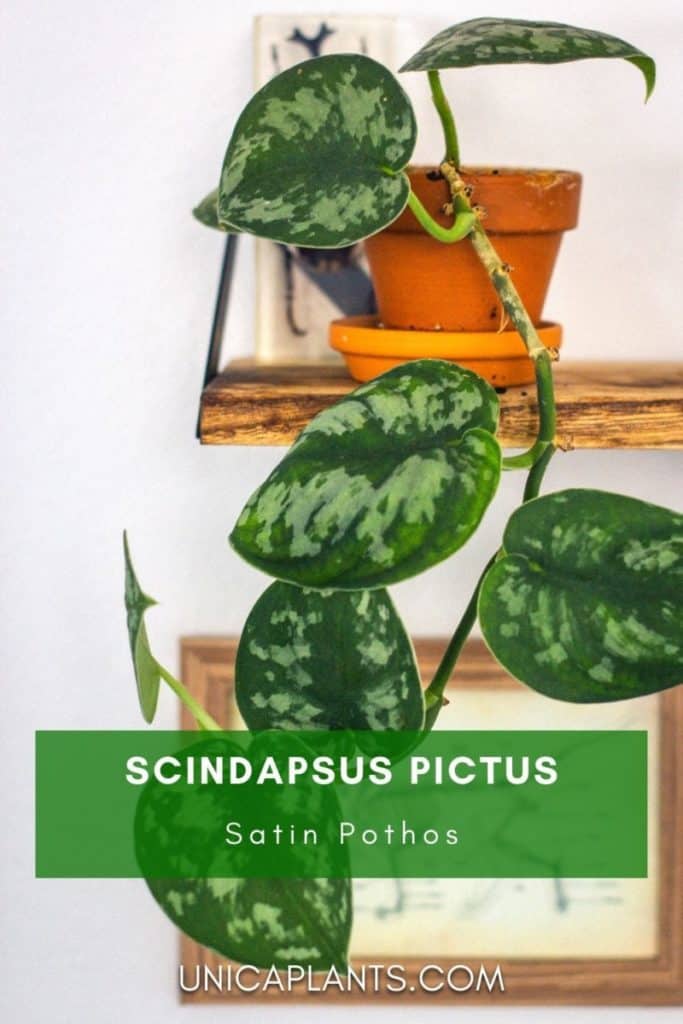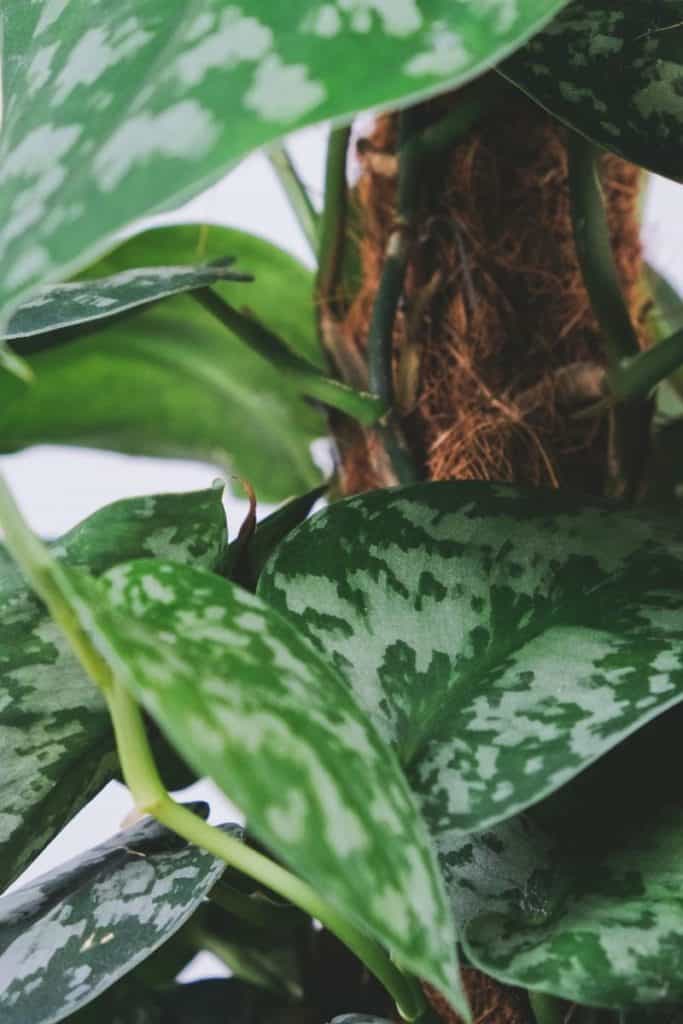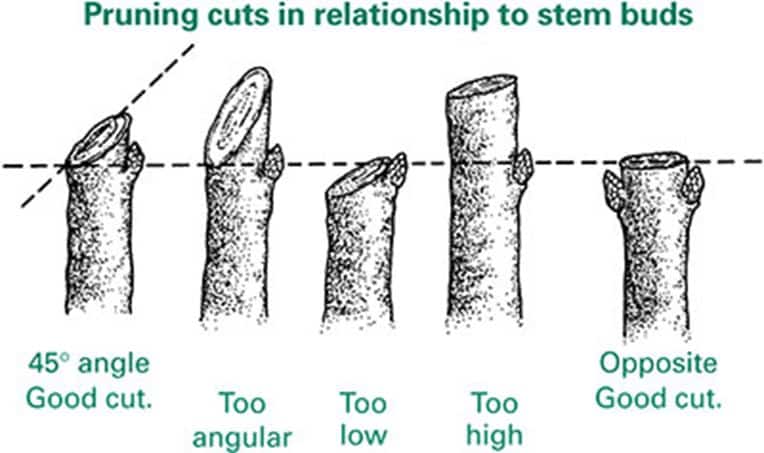
The beautiful Scindapsus pictus is a hanging plant that is easy to take care of and even easier to propagate. It's noted for its green leaves with light green spots. The Scindapsus pictus is also called the satin pothos or silver pothos and naturally grows in the tropical regions of Southeast Asia. It looks great in a hanging planter or on a shelf and will make a fantastic addition to your indoor garden collection. If taken care of correctly, this plant can grow up to 10 feet long (3 meters). Here's a full Scindapsus pictus care guide, including how to water the plant, best soil to use, where to plant it, and how to propagate it.

Summary:
- Light: Bright indirect light
- Water: Only water when the top 2" (5cm) of the soil is dry
- Soil: Well-draining potting mix
- Size: The plant can grow up to 10' (3 m) long
- Size: The plant grows up to 8" (0.2 m) wide
- Zone: 11 (minimum 40°F | 4.4°C)
- Cold hardy: Not cold hardy
- Propagation: by stem cutting
- Toxicity: Toxic to pets
Contents
General Care for Scindapsus pictus (Satin Pothos)
Although the Scindapsus pictus naturally grows in a tropical climate, it's a great houseplant that is easy to take care of.
Watering
The Satin Pothos tends to need a bit less water than other tropical plants. It's not a problem if you forget to water this plant once. It's best to only water when the top 2 inches of the soil are dry. To make sure the soil is dry, put your finger 1 inch deep in the soil and if the soil still feels dry, you can water the plant.
Where to Plant
The Scindapsus pictus is not cold hardy, so if you live in a zone that gets colder than 40°F (4.4°C), it's best to place this plant in a container that can be brought indoors.
This pothos will easily grow in low-light conditions but then it will only grow small leaves. It's best to plant it in an area that gets a lot of bright light, but avoid direct sunlight as this will quickly burn the leaves.

How to Propagate Scindapsus pictus (Satin Pothos)
Propagating Scindapsus pictus can easily be done by stem cuttings. You can either put the stem cuttings directly in the soil or first let the roots grow in water. Both ways are explained below.
Stem Cuttings in Water
The easiest and most successful way to propagate this pothos plant is by growing the stem cuttings in water.
- First, you want to pick a healthy stem that has at least one node (including an aerial root), while making sure you have at least 1-3 leaves on that part of the plant.
- Then take a clean knife or scissors that is free from any pesticides and cut 1" (2,5cm) below the node. Next, you want to take a glass vase or a propagation station that you can see through. Fill the vase with water and put the Pothos cuttings in the vase with the node and aerial root submerged in the water.
- Now put the vase with the cuttings in a spot that gets a lot of bright light (not direct sunlight) and wait till roots start growing. When you use a transparent vase you can monitor the growth of the roots, which is really cool to see.
- After a month or two, when the roots are at least 3" (7,5 cm) long, the satin pothos is ready to be potted in soil.
- For the final step, you want to take the cutting with roots and plant it in soil. Use a well-draining potting soil with perlite and peat moss and use a planter that has drainage holes. When planting the cuttings make sure the roots are fully submerged in the soil.
After you have potted the cuttings you want to water it and put it in a place where it gets lots of bright indirect! Awesome! You have now propagated the variegated Propagate Scindapsus, have fun with it!
Stem Cuttings in Soil
For this method, you are going to put the pothos stem cutting (cut the same way as explained above). Instead of putting the cutting in water, you want to dip it in rooting hormone and plant it in fresh soil. The soil that you want to use is perlite and peat moss.
This way of propagating the pothos is less reliable because you can't monitor the plant roots growing and it will take longer for the plant to acclimate and start growing in the soil.
The last step is to put the pot with the cutting in a place that gets lots of bright indirect sunlight. Now you can enjoy you plant!



Leave a Reply